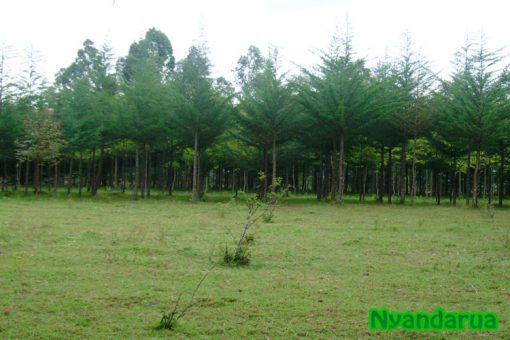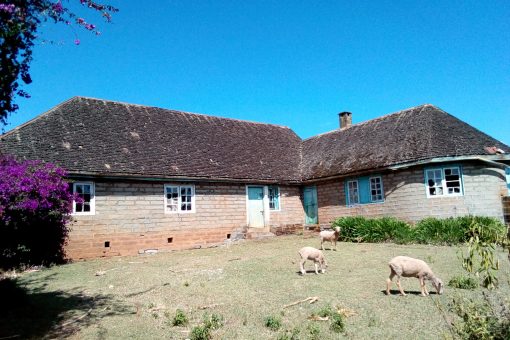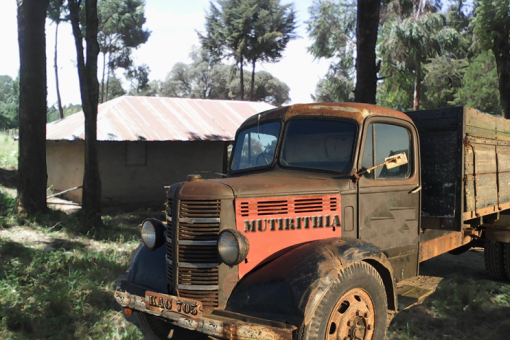After we finished cleaning the wheat, and all the bags were properly hemmed, it was time to label each bag. The Cereal Board issued metal stencils, the size of a car number plate, with serial numbers cut out in each. Each farmer got one with their serial number on it.
The farmer bought some special non toxic black ink from KFA shop to use on those metal stencils for labeling the bags. The metal stencil was held firmly on the bag of wheat. The black paint was liberally applied with a brush over the stenciled metal. When the metal plate was lifted, a neat imprint of the serial number was prominently displayed on the gunny bag.
This was the number the Cereal Board used to process individual farmers’ orders and payments for their wheat. The serial numbers were printed on both sides of each bag of wheat. It was quite a job, but we did it joyfully because that was the final job before the wheat left our compound, ending the wheat chapter for that particular year.
A hired truck came home to pick up the 100 bags of wheat to deliver to the Cereal Board warehouses in OlKalou town. The truck came with a few loaders ready to do the job. But as always, my parents never allowed us to be bystanders as other people performed any job. The boys were therefore expected to participate in loading the wheat onto the truck, as I whipped up a meal to feed the workforce. Nobody entered our compound and left without eating or drinking something. That was the law, according to my mother.
So, when the last bag of wheat was loaded, and the team had eaten their fill, the truck chugged its way out of our compound with our father driving slowly ahead of them. And with that, our wheat crop for that year was gone, hopefully.




